Beyond the Stereotype: A Journey Through the History of Queer Body Piercing
- Posted on
- By Fe(lix) Wild
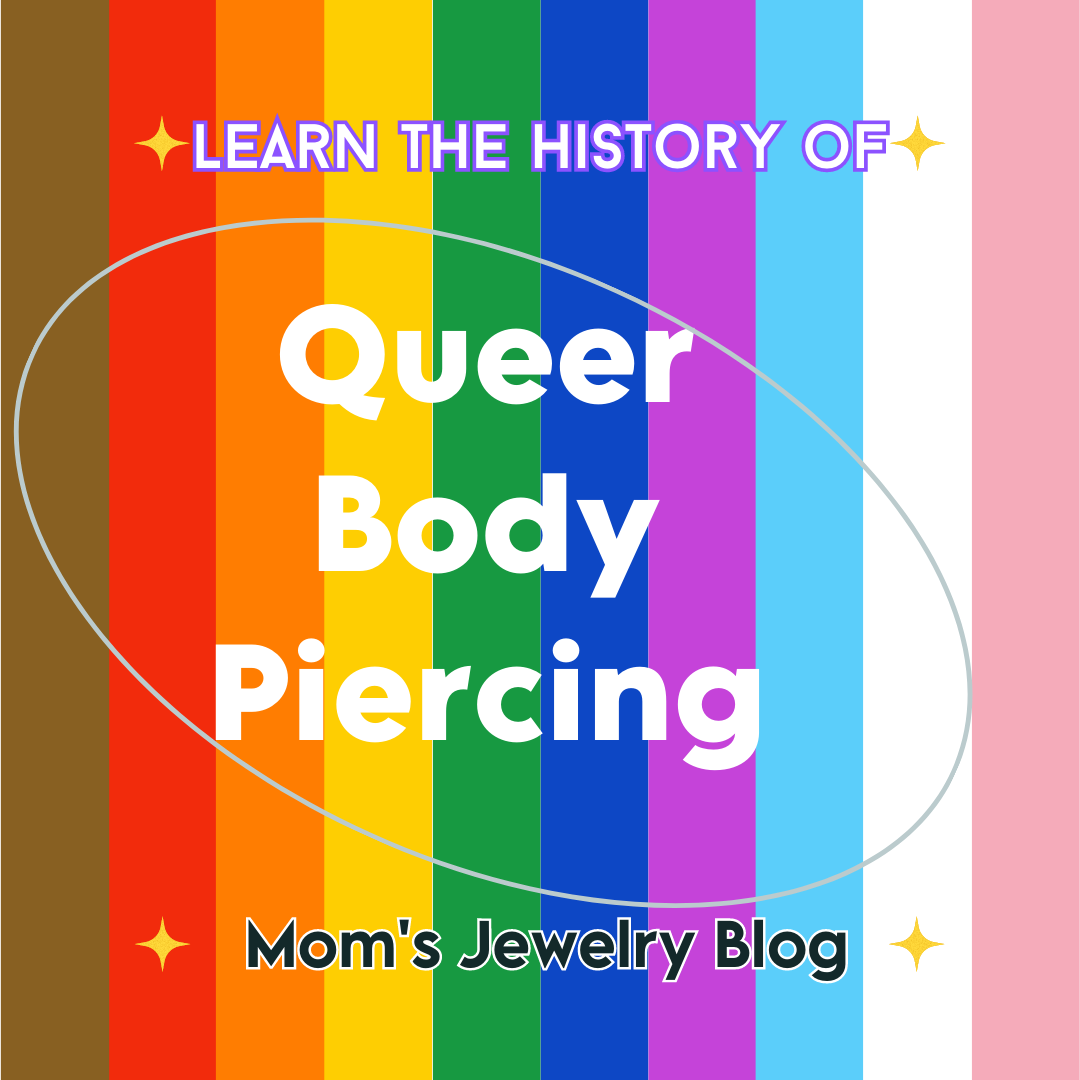
While we fawn over the high-end luxury piercing services of today, we cannot overlook the importance of the places from which they came.
In this three-part series, we touch on the contributions the gay & leather community embraced piercing, how queerness impacted modern roots and influences of today, and peer all the way back to Earth’s ancient Indigenous Ancestors where piercing originated.
We aim to be informative while not crossing the line into adult material as much as possible.
Please be advised, some of this content is of a mature nature.
Body piercing has a rich and diverse history that extends beyond mere fashion. It takes shape as an act of self-empowerment, a reclaiming of personal autonomy, and a rite of passage for many. People have been piercing and modifying their bodies for as long as they have walked this earth.
The history of queer body piercing is deeply intertwined with both struggles and triumphs. For queer folks, body piercing has often held a deeper significance, serving as a form of reclamation, rebellion, identity exploration, and solidarity within the LGBTQ+ community.
Many queer individuals feel that body piercing allows individuals to challenge societal norms, break free from rigid definitions of gender and beauty, and forge a path toward liberation. From ancient rites of passage to contemporary self-expression, body piercing has served as a powerful tool for queer individuals to assert their identities, challenge societal norms, and celebrate their journeys.
Since June is Pride Month, we’ll start with the history of queer body piercing since the 70’s and how a lot of popular piercings of today were introduced into modern Western culture by the gay and leather community.
Part 1: History of Queer Body Piercing
From bathhouse dungeons to alleys of exploration, kinky culture inspired the movement of bringing piercing traditions from around the world to the gay community.
It was the 70s and times were different.
Being openly gay was still incredibly new to mainstream society. With the one-year anniversary of the Stonewall Uprising, 1970 began the first Pride celebrations in New York, Chicago, and Los Angeles.
Mr. Sebastian is often regarded as one of the pioneers of modern body piercing. In the 1970s, he established a piercing studio in London and became renowned for his expertise and meticulous approach. Mr. Sebastian's work focused on genital and nipple piercings, which were relatively rare at the time. He not only elevated the technical standards of piercing but also contributed to the aesthetic aspects, emphasizing the use of high-quality jewelry and advocating for proper aftercare.
The contributions of Mr. Sebastian were not limited to technical skills alone. He played significant roles in creating safe spaces for individuals interested in exploring the world of piercing and body modification. By openly discussing personal experiences and educating others, Mr. Sebastian helped destigmatize piercing within the broader kink and BDSM communities. Being that the BDSM folks typically live on the edge of society there was a natural crossover into the gay community.
Gay male desires pioneered the eventual opening of piercing and tattoo studios in America.
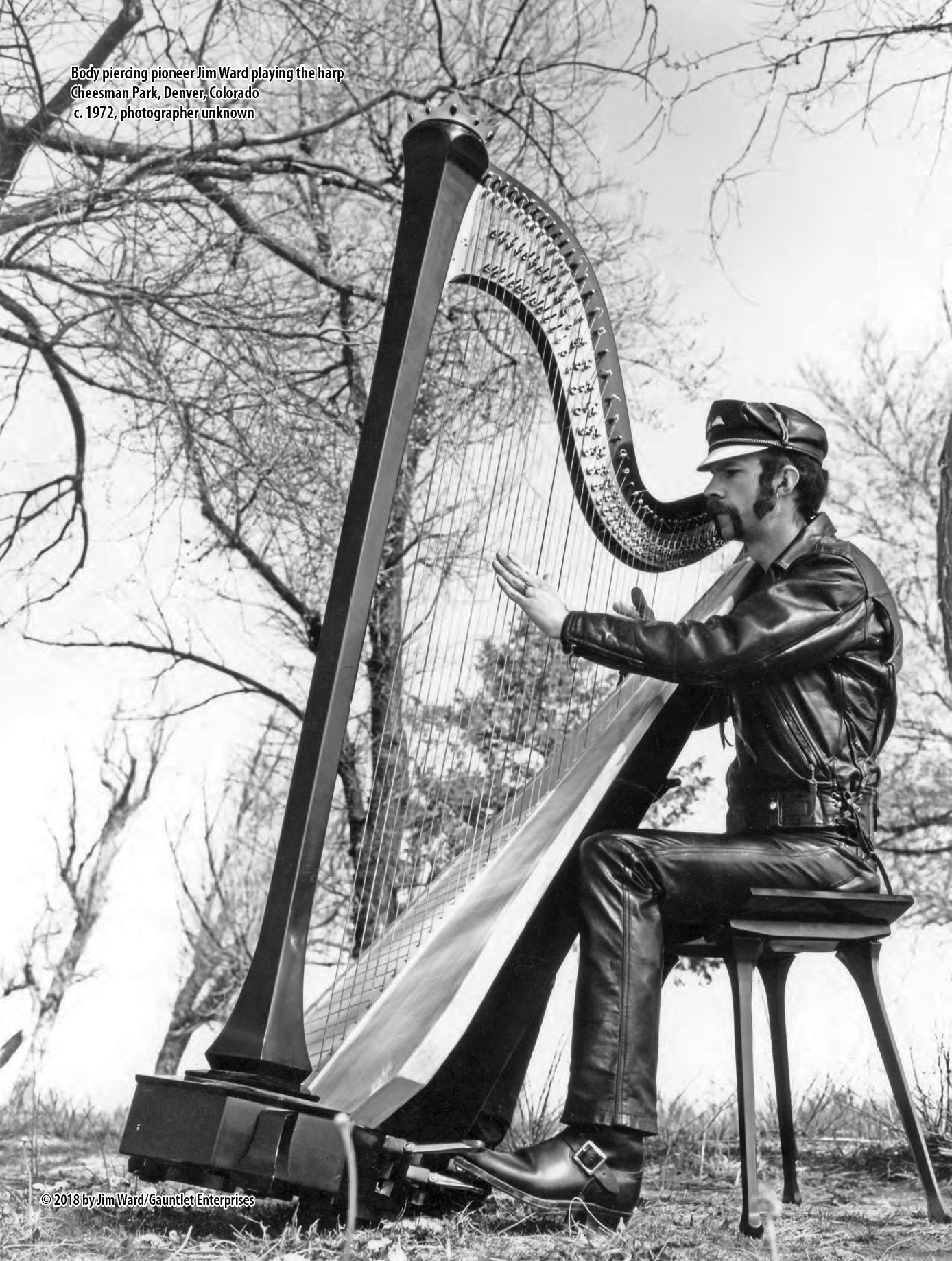
Jim Ward was always a shy and quiet kid growing up. Even in knowing him through the years at APP, Jim Ward presents a reserved outward persona. It isn’t until you meet him that you begin to understand the intricacies of his depth and humor. Ward is a prominent figure in the world of body modification and the founder of Gauntlet Piercing Studios, a pioneering establishment that played a significant role in popularizing body piercing.
Ward's journey began when he developed an interest in piercing and its cultural significance. He soon became a central figure in the emerging body modification community, collaborating with individuals like Doug Maloy, another influential figure in the field. His book Running the Gauntlet recounts his coming-of-age awareness in its shadow and light surrounding his gay sexual desires motivating his piercing exploration.
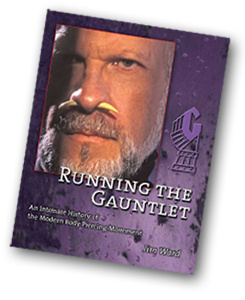
Ward and Maloy's relationship was instrumental in shaping the course of body piercing's evolution. Together, they explored various piercing techniques and developed innovative jewelry designs. Their commitment to professionalism and safety set a high standard within the industry and contributed to its growing acceptance.
In 1975, Jim Ward established Gauntlet Piercing Studios in Los Angeles out of his house. After years of finding it cumbersome chasing away drunk people who wanted piercings at 3 am, in 1978 he officially opened the first professional piercing studio with a storefront in the United States. Gauntlet quickly gained recognition as a safe and reputable establishment, attracting clients from all over the country. With Jim's emphasis on education and creating a robust mailing system for jewelry that could be sent around the world, Gauntlet became a leading authority in the field. Ward was also passionate about releasing seasonal PFIQ (Piercing Fans International Quarterly) publications from 1977 to 1997, which had in-depth articles, gorgeous photo spreads, and just about every type of piercing documented.
During its prime, Gauntlet Piercing Studios expanded to several locations including San Francisco, New York City, Seattle, and a franchise in Paris. It played a pivotal role in introducing body piercing to a wider audience, dispelling myths and misconceptions surrounding the practice. Gauntlet's success was fueled by the dedicated team of skilled piercers trained under Ward's guidance, who adhered to the studio's strict standards and ethics, including Elayne Angel (Author of The Piercing Bible) and Paul King (famous piercer in Aerosmith’s Cryin' music video with Alicia Silverstone).
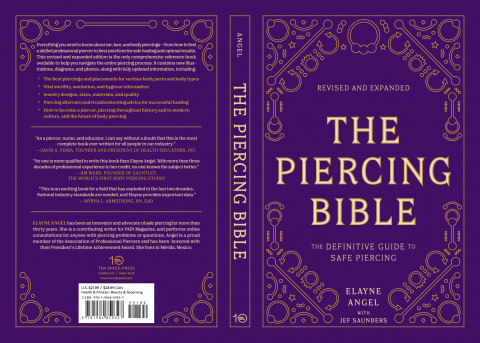
We are forever grateful for Jim Ward’s contributions to queer legacy where pain meets pleasure. We also have him to thank for choosing the color purple to represent piercing as a fetish for those who flag. Flagging (a term known in the queer community describing the act of wearing a particular colored bandana on the back left or right pocket to silently cruise) became a nonverbal means of communication. Ward dubbed the purple flag based on his growing up in the church. He thought that purple robes laid over the cross for Easter was the perfect shade to memorialize this iconic imagery against his sexual desires.

During his heyday, Jim Ward met an incredible person (on a bus in San Francisco no less) who would alter the course of spiritual body piercing through a queer lens forever.
Fakir Musafar's work highlights the interplay between pain, pleasure, and identity.
In the context of queerness, his journey resonates with the concept of body autonomy and the pursuit of authenticity.
Not to mention Fakir’s numerous personas including Fakiki and his deep love of corset training.
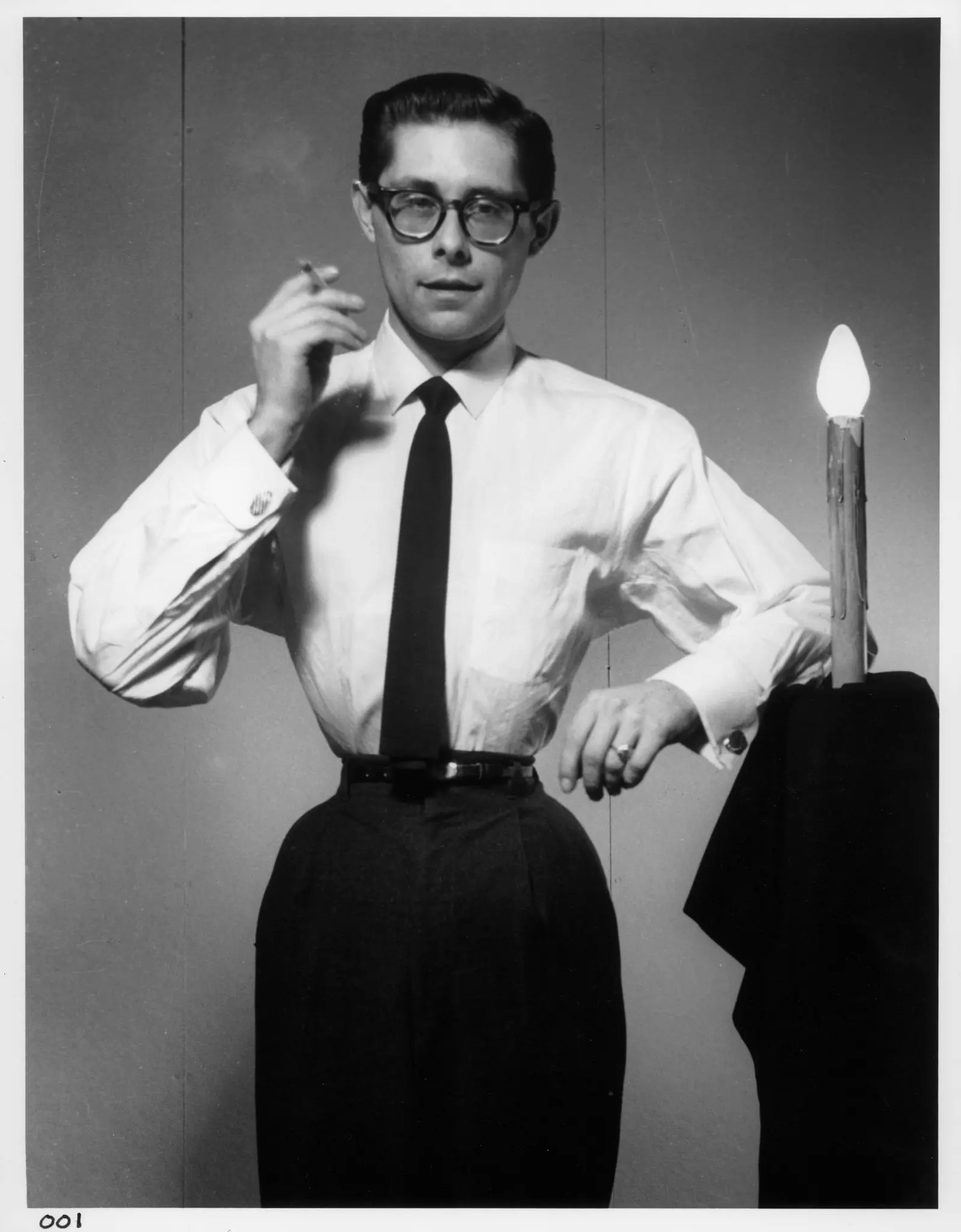
Fakir's exploration of spiritual piercing can be seen as an embodiment of this queer narrative. By literally piercing the body, he transcended conventional notions of beauty and conformity, forging a path toward personal liberation and inner transformation.
He even pierced his chest with large hooks, which magically healed and could be used to hang his body from, to appear more feminine.
Queer individuals, often marginalized and stigmatized, find solace and empowerment in embracing their unique desires and experiences. In a similar vein, Fakir Musafar's spiritual piercing tapped into the realms of pain and pleasure, using the body as a canvas for self-expression.
Stay tuned for our next blog where we go further in-depth on Fakir and Spiritual Piercings.
This bold act of defiance against societal expectations parallels the struggles faced by queer folks, who challenge the normative boundaries of gender, sexuality, and self-expression.
Part 2: Society’s Influence of Piercing on Modern Trends
The punk movement of the 1970s and 1980s also played a significant role in the resurgence of body piercing as a form of queer expression. Punk culture embraced body modifications as a means of rebelling against societal norms and expectations. Within the punk subculture, queer individuals found a space where they could challenge gender binaries and express their nonconformity through piercing, often in unconventional places such as eyebrows, tongues, or genitals. Oi oi oi!
Certain fabricated history is still with us today. The myth of the “gay right ear piercing” indicating a person's sexual orientation has unfortunately persisted for decades.
In particular, the idea that men who have their right ear pierced are gay has been widely circulated, despite having no basis in reality. The origins of this myth are unclear, but it is believed to have gained traction in the 1980s and 1990s when male celebrities, George Michael (seen in the Careless Whisper music video) and even Freddie Mercury, were photographed wearing earrings in their ears. Some people began to associate this fashion trend with homosexuality, and the gossip took hold, honey!

Furthermore, the idea that there are specific types of piercings that are "gay" or "straight" is also unfounded. While certain styles of earrings may be more popular among certain subcultures or communities, they are not inherently linked to sexual orientation. However, it is these stories that created a buzz that popularized discussing piercings in day-to-day ways.
In the late 20th century, as LGBTQQIP2SA+ communities fought for visibility, body piercing became a powerful symbol of identity and empowerment. The piercing studio and queer community spaces often overlapped, providing a safe haven for queer individuals to express themselves authentically and connect with like-minded people. Piercings, such as nose rings, ear piercings, and tongue piercings became important markers of queer identity, allowing individuals to challenge heteronormative ideals and celebrate their uniqueness.
Through the centuries, body piercing has evolved from ancient traditions to the L/leather community, gay men of the 70s, 80s & 90s punk rebellion, and contemporary self-expression. This legacy has left permanent marks on queer history. In recent years, body piercing has transcended stereotypes and become a mainstream form of self-expression, embraced by people of all sexual orientations and gender identities. The LGBTQ+ community continues to play a significant role in shaping and expanding the boundaries of contemporary body piercing. Today, queer individuals and allies utilize a wide range of piercings, from traditional earlobe piercings to more daring and creative options as a means of visibility.
Today, as we strive for inclusivity and acceptance, it is crucial to honor and appreciate the significance that queer people have brought to body piercing throughout history. We must understand piercing as an act of empowerment, self-expression, and connection within a queer context. Let us celebrate the diverse forms of self-expression and embrace the power of queer body piercing as a testament to resilience, authenticity, and the ongoing fight for understanding and equity.
Part 3: Piercings with Ancient Indigenous Roots
The roots of piercing in The Western World were thought up in teenage bedrooms from parents’ stacks of National Geographic Magazines.
Though sometimes othering and invasive of people’s sacred ceremonies and cultures, these glimpses into piercing, stretching, scarring, branding, binding, and other modifying methods made piercing possible as we know it today.
The body piercing industry would not exist without Indigenous, Black, Brown, and Asian people.
In certain Native tribes, two-spirit individuals, who embody both feminine and masculine qualities, adorned themselves with piercings as a way to reflect their unique gender identities.
These practices often hold spiritual and ceremonial significance.
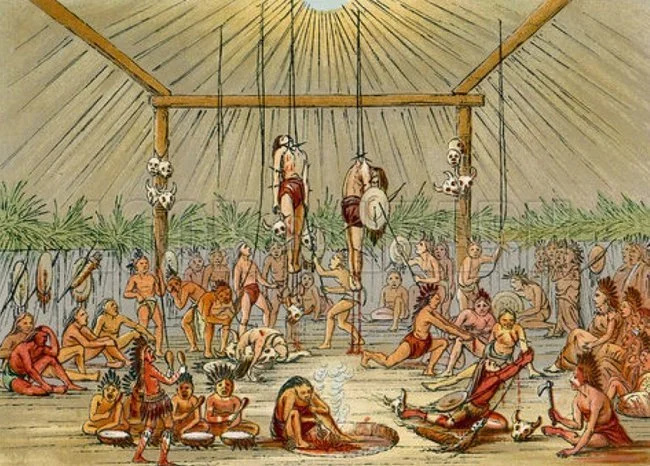
The Okipa (O-kee-pa) is a sacred ritual of the Mandan people of North Dakota that closely resembles the Sun Dance of the Sioux and other Plains Tribes.
This rite of passage involves piercing the chest or back with bone or sharp quills where two strings are tied to each end of the piercing implement. These ropes are tethered to hard point in the ceiling in the center where certain male community members were to hang from their skin until blacking out.
We cannot help but wonder how our past connects to the future.
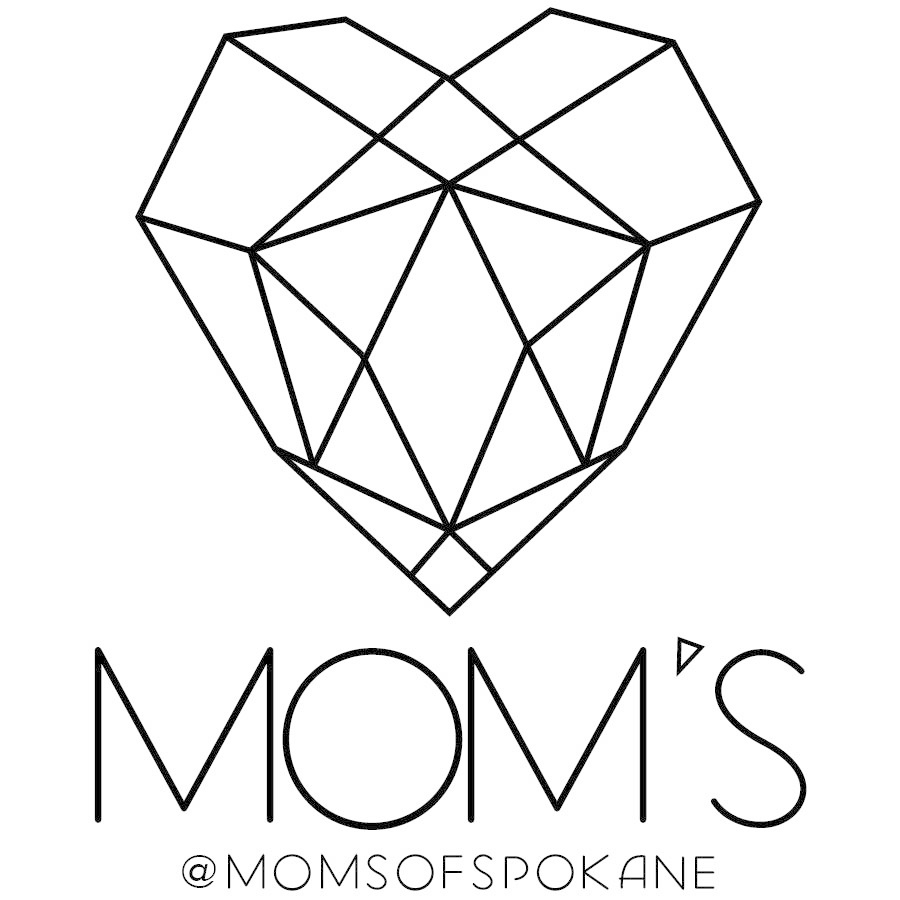
At Mom’s, we embrace diversity.
We are proud to center female, queer, and trans people.
Come see us at Spokane Pride this weekend where we’ll be giving out purple bandanas and cute free stickers!
Feel free to book your next piercing with Shandra (they/she) who gives a one-of-a-kind experience!
You can also book with Dae (he/they) for piercing or sound healing sessions and contribute to his/their top surgery go fund me!
Need to get in touch?
(509)426-4465 | [email protected]
Love Always,
Mom’s
-----------------------------------------------------------------------
Text References:
https://www.youtube.com/watch?v=1vGiqmPsW3Q
https://en.wikipedia.org/wiki/Gauntlet_(body_piercing_studio)
https://www.runningthegauntlet-book.com/
https://safepiercing.org/become-a-piercer/
https://thepointjournal.org/tag/gauntlet/
http://www.aptpi.org/suscon16/paulking.html
https://www.neometal.com/products/stainless-steel-gauntlet-illusion-ring
https://news.bme.com/wp-content/uploads/2008/09/pubring/jimward-all.html
Photo References:
https://www.runningthegauntlet-book.com/product/jim-ward-playing-the-harp-poster-large-small/
https://www.runningthegauntlet-book.com/product/running-the-gauntlet-hardcover/
https://www.piercingbible.com/
https://infinitebody.com/blogs/news/r-i-p-fakir-musafar
https://www.fakir.org/aboutfakir/
https://www.huffpost.com/entry/dangly-earrings-men_l_5e569384c5b649ec433149f9
https://www.lanternghosttours.com/post/10-brutal-religious-practices-from-around-the-world
